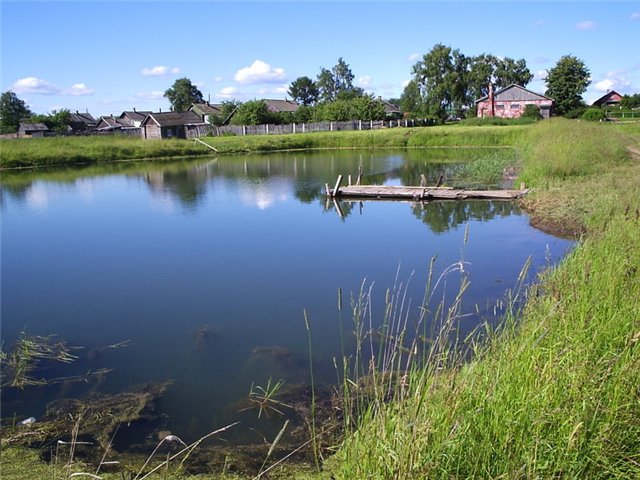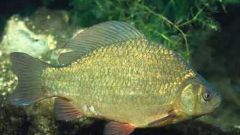Instruction
1
The pond should not be in the shade of trees or buildings so it can be lit by the sun at least part of the day. It is best to create it among the flower beds and close to home. And shape of the reservoir can be completely rely on the imagination, the depth of the reservoir depends on its purpose. For example, hoping to leave the fish in the pond for the winter, need to build special wintering pits or wells.
2
Approximate average depth of the pond is not more than 1.5 meters. It should also be noted that water at this depth is not warming up completely. To do this, leave areas of lesser depth (approximately 0.3 meter).
3
As for materials, the easiest way is to use ready-moulded forms, but their main drawback - fragility.
4
There are many other, more reasonable ways to create a frame and means to do so. Experts, for example, suggest the old-fashioned way to do the bottom and sides of the reservoir from the mixture of concrete is at least 400 stamps (part 1), coarse sand (2 parts) and gravel (3 parts).
5
First you need to fill the bottom. After it cured, proceed to the construction of walls, which should be in the thickness 12-14 cm, and the bottom. They can also have stairs. Concrete wall need in a wooden formwork or flexible plywood (for a pond with curved banks).
6
After about 2 weeks you have to clean the pond, leaving water in it for 1-2 days. Then make soil, sand, plant aquatic plants, finally pour water and sarilaya.
7
In autumn it is desirable to drain the water to catch the fish, clean the bottom and, if necessary, to fix an artificial reservoir.
Useful advice
Do not leave in winter, the pond filled with water, because freezing, it destroys the concrete structure.

